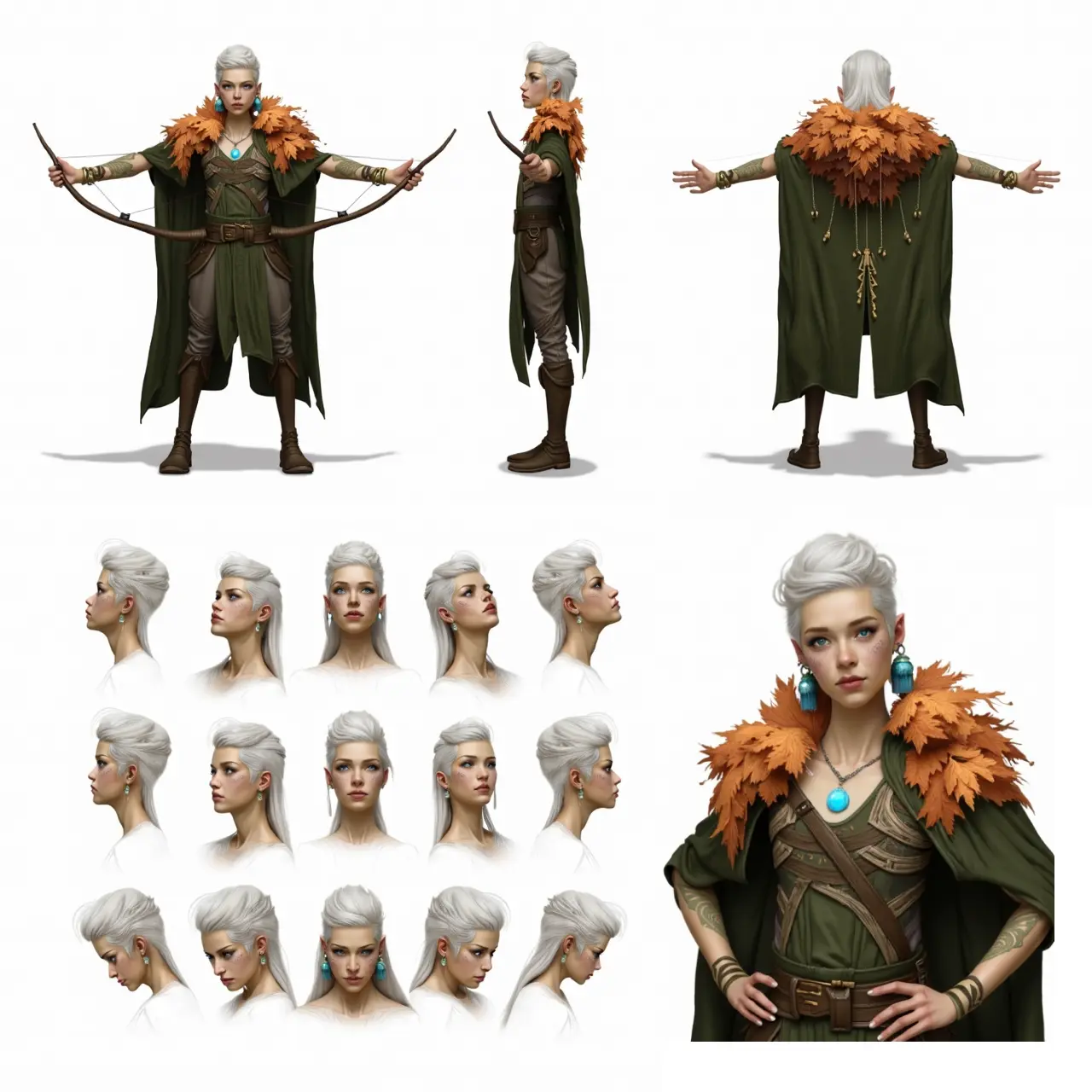ComfyUI Node: 😼> Noise From Image
> Noise From Image
CategoryYANC/😼 Noise Injection Sampler
ALatentPlace (Account age: 1744days) Extension
ComfyUI_yanc Latest Updated
2025-01-22 Github Stars
0.06K
How to Install ComfyUI_yanc
Install this extension via the ComfyUI Manager by searching for ComfyUI_yanc- 1. Click the Manager button in the main menu
- 2. Select Custom Nodes Manager button
- 3. Enter ComfyUI_yanc in the search bar
Visit ComfyUI Online for ready-to-use ComfyUI environment
- Free trial available
- 16GB VRAM to 80GB VRAM GPU machines
- 400+ preloaded models/nodes
- Freedom to upload custom models/nodes
- 200+ ready-to-run workflows
- 100% private workspace with up to 200GB storage
- Dedicated Support
😼> Noise From Image Description
Add controlled noise for texture and complexity, with adjustable parameters for artistic effects.
😼> Noise From Image:
The "Noise From Image" node is designed to add noise to an image, enhancing its texture and visual complexity. This node is particularly useful for AI artists looking to create more dynamic and interesting images by introducing controlled randomness. The node applies a combination of elastic transformations and noise blending techniques to achieve a unique effect. It allows for fine-tuning various parameters such as noise intensity, blend rate, and saturation correction, providing you with the flexibility to achieve the desired artistic outcome. By manipulating these settings, you can create anything from subtle texture enhancements to dramatic, noise-infused visuals.
😼> Noise From Image Input Parameters:
image
This parameter represents the input image to which noise will be added. The image should be in a tensor format, typically with dimensions corresponding to batch size, channels, height, and width.
magnitude
The alpha value for the elastic transform, which determines the magnitude of displacements in the image. Higher values result in more pronounced distortions. This parameter accepts a float value.
smoothness
The sigma value for the elastic transform, which controls the smoothness of the displacements. A higher sigma value results in smoother transformations. This parameter accepts a float value.
noise_intensity
This parameter controls the intensity of the noise added to the image. It acts as a multiplier for the generated noise, with higher values resulting in more intense noise. This parameter accepts a float value.
noise_resize_factor
A multiplier that enlarges the generated noise. This parameter helps in scaling the noise to match the dimensions of the input image. It accepts an integer value.
noise_blend_rate
The blend rate between the elastic transformation and the noise. This parameter determines how much of the final image is composed of the transformed image versus the added noise. It accepts a float value.
saturation_correction
This parameter adjusts the saturation of the final image. A value of 1.0 means no correction, while values greater or less than 1.0 increase or decrease the saturation, respectively. This parameter accepts a float value.
blend_mode
Specifies the blending mode used to combine the noise with the image. Different modes can produce various artistic effects. This parameter accepts a string value.
blend_rate
The strength of the blending between the original image and the noise. Higher values result in a stronger blend. This parameter accepts a float value.
vae_opt
An optional parameter for a Variational Autoencoder (VAE) that can be used to encode the final image. This parameter is typically used for further processing in generative models.
😼> Noise From Image Output Parameters:
result
The final image with added noise and transformations. This output is a tensor that represents the modified image, ready for further processing or display.
samples
A dictionary containing the latent representation of the final image if a VAE is used. This can be useful for generative tasks or further image manipulation.
😼> Noise From Image Usage Tips:
- Experiment with different values for
noise_intensityandnoise_blend_rateto achieve a balance between subtle texture and dramatic noise effects. - Use the
saturation_correctionparameter to fine-tune the color vibrancy of your final image, especially if the added noise affects the overall color balance. - Try different
blend_modesettings to explore various artistic effects and find the one that best suits your creative vision.
😼> Noise From Image Common Errors and Solutions:
Image tensor dimensions mismatch
- Explanation: The input image tensor dimensions do not match the expected format.
- Solution: Ensure that your input image tensor has the correct dimensions, typically in the format (batch size, channels, height, width).
Invalid parameter values
- Explanation: One or more input parameters have values outside the acceptable range.
- Solution: Double-check the parameter values to ensure they fall within the specified ranges or types. For example,
noise_intensityshould be a float, andblend_modeshould be a valid string.
VAE encoding failure
- Explanation: The optional VAE parameter is not functioning correctly.
- Solution: Verify that the VAE model is properly loaded and compatible with the input image dimensions. If not needed, consider omitting the
vae_optparameter.
😼> Noise From Image Related Nodes
RunComfy is the premier ComfyUI platform, offering ComfyUI online environment and services, along with ComfyUI workflows featuring stunning visuals. RunComfy also provides AI Playground, enabling artists to harness the latest AI tools to create incredible art.


